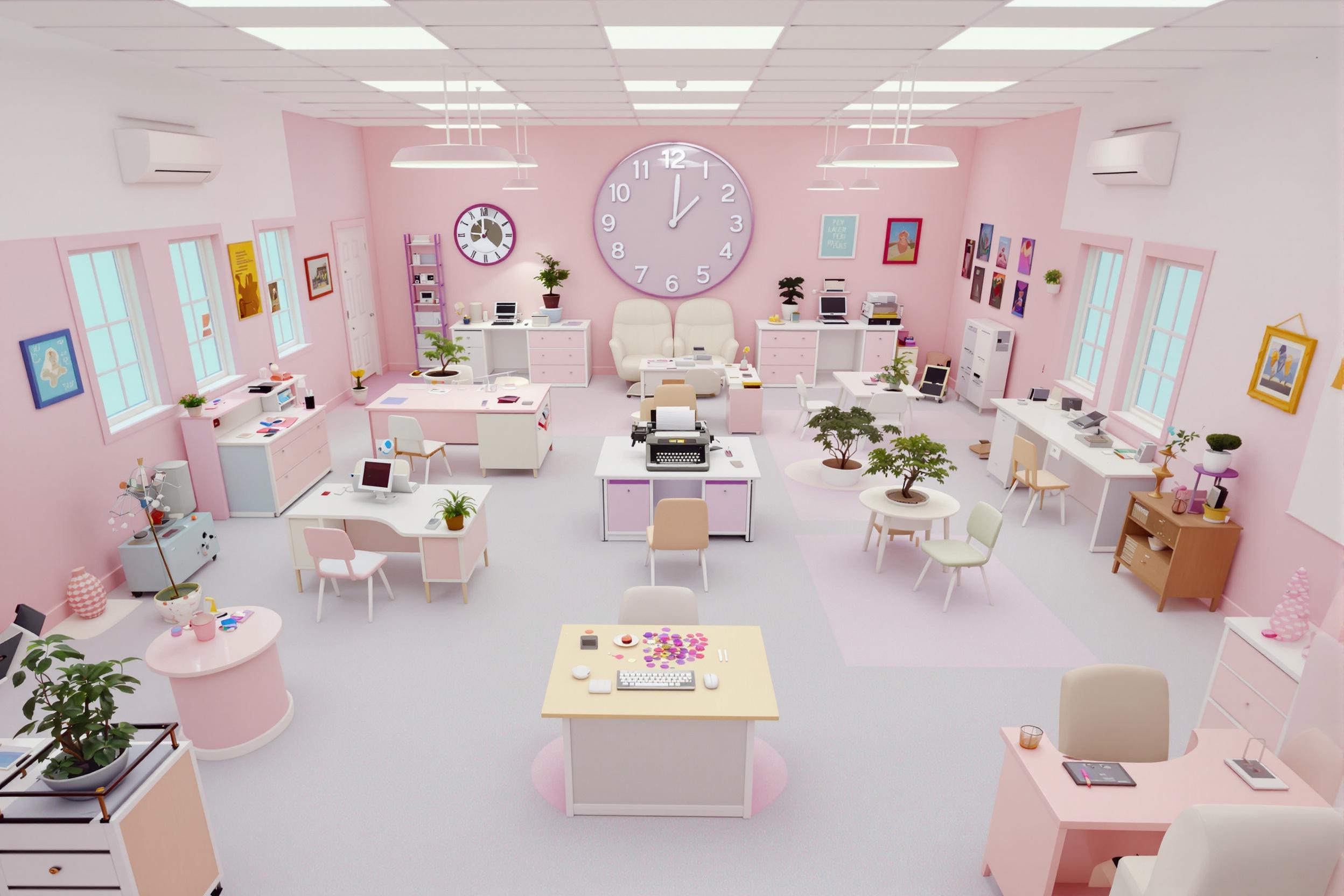
Exhibition Lighting
Exhibition Lighting refers to the careful planning and setup of lights in museums, galleries, and cultural spaces to properly display artworks and artifacts. It's a crucial skill that combines both technical knowledge and artistic understanding to ensure objects are not only visible but also protected from light damage. This includes knowing how to use different types of lights (like LED or fiber optic), understanding light levels that are safe for different materials, and creating the right mood for exhibitions. It's similar to theater lighting or retail display lighting, but with additional focus on preservation and conservation standards.
Examples in Resumes
Designed Exhibition Lighting schemes for major traveling exhibitions, ensuring artifact preservation
Managed Exhibition Lighting and Gallery Lighting for sensitive historical documents
Implemented energy-efficient Museum Lighting systems across three gallery spaces
Typical job title: "Exhibition Lighting Specialists"
Also try searching for:
Where to Find Exhibition Lighting Specialists
Professional Organizations
Job Boards
Professional Networks
Example Interview Questions
Senior Level Questions
Q: How do you develop a lighting plan for an exhibition containing mixed media artworks?
Expected Answer: Should discuss assessing different material sensitivities, creating zones with appropriate light levels, considering natural light control, and implementing monitoring systems while staying within budget and conservation guidelines.
Q: How would you manage lighting for a traveling exhibition across different venues?
Expected Answer: Should explain creating adaptable lighting plans, working with different space configurations, coordinating with multiple institutions, and maintaining consistent presentation while adhering to conservation standards.
Mid Level Questions
Q: What factors do you consider when selecting lighting fixtures for a new exhibition?
Expected Answer: Should mention budget considerations, energy efficiency, heat output, color rendering, flexibility for different exhibitions, and compatibility with existing systems.
Q: How do you balance conservation requirements with aesthetic presentation?
Expected Answer: Should discuss understanding light sensitivity of materials, using appropriate light levels, implementing timing systems, and creating engaging displays while protecting artifacts.
Junior Level Questions
Q: What are the basic types of museum lighting fixtures and their uses?
Expected Answer: Should be able to describe common lighting types like LED, fiber optic, and track lighting, and explain their basic applications in museum settings.
Q: How do you measure and monitor light levels in an exhibition space?
Expected Answer: Should explain using light meters, understanding basic measurements like lux and footcandles, and knowing standard light level requirements for different materials.
Experience Level Indicators
Junior (0-2 years)
- Basic light measurement and monitoring
- Understanding of different lighting fixtures
- Knowledge of conservation guidelines
- Simple lighting setup and adjustment
Mid (2-5 years)
- Exhibition lighting plan development
- Light level calculation and control
- Understanding of conservation standards
- Equipment maintenance and troubleshooting
Senior (5+ years)
- Complex exhibition lighting design
- Project management and budgeting
- Team supervision and training
- Integration of new lighting technologies
Red Flags to Watch For
- No knowledge of conservation standards for light exposure
- Lack of experience with light measurement tools
- No understanding of different material sensitivities to light
- Unable to explain basic museum lighting equipment
Need more hiring wisdom? Check these out...

Micro-Internships: The Game-Changer in Project-Based Learning

Refining Job Descriptions to Expand Applicant Pools: Casting a Wider Talent Net

From Farewells to Future Allies: Transforming Exit Interviews into Lifelong Connections

